British Army Rank Slides and Appointments
27 products
Showing 1 - 24 of 27 products




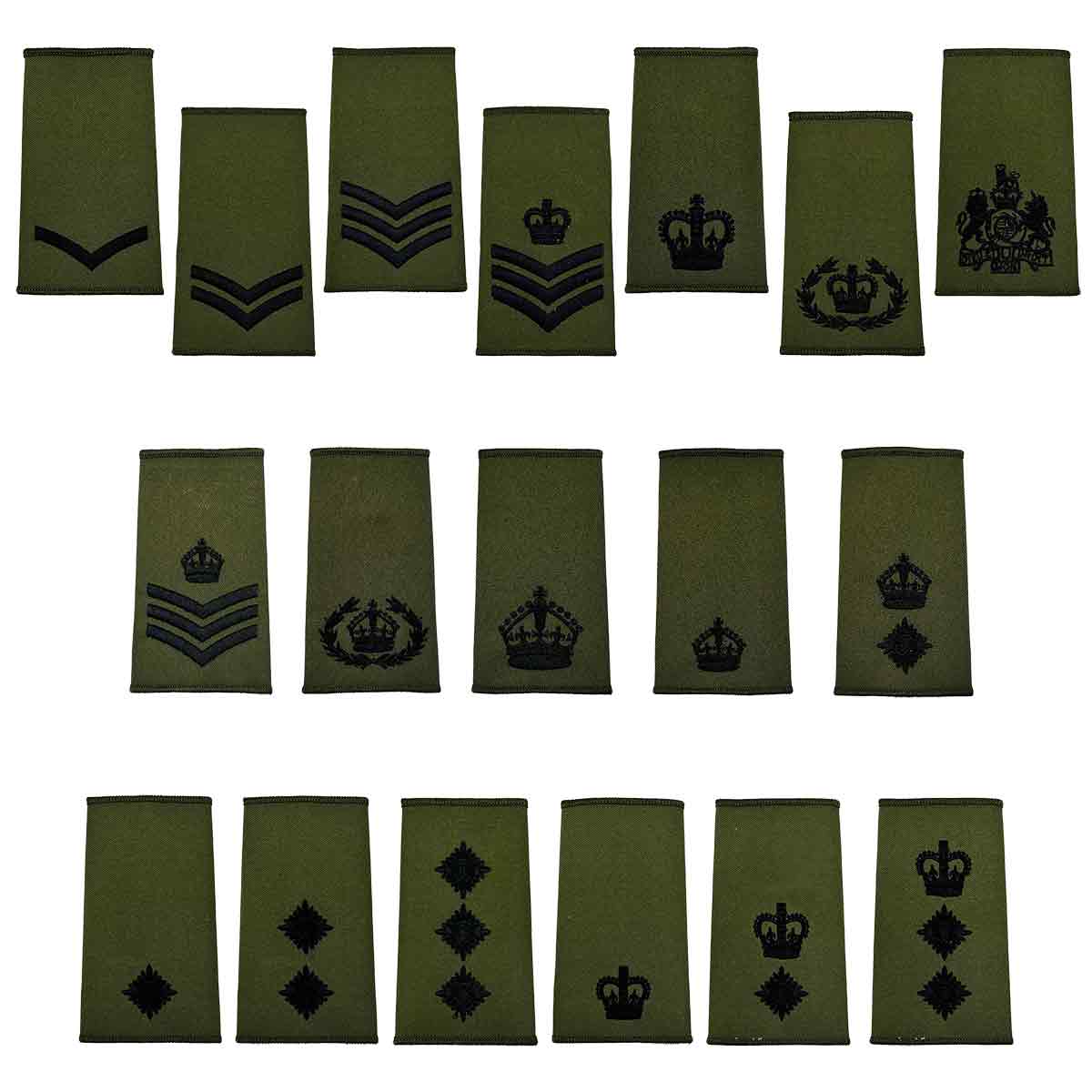

















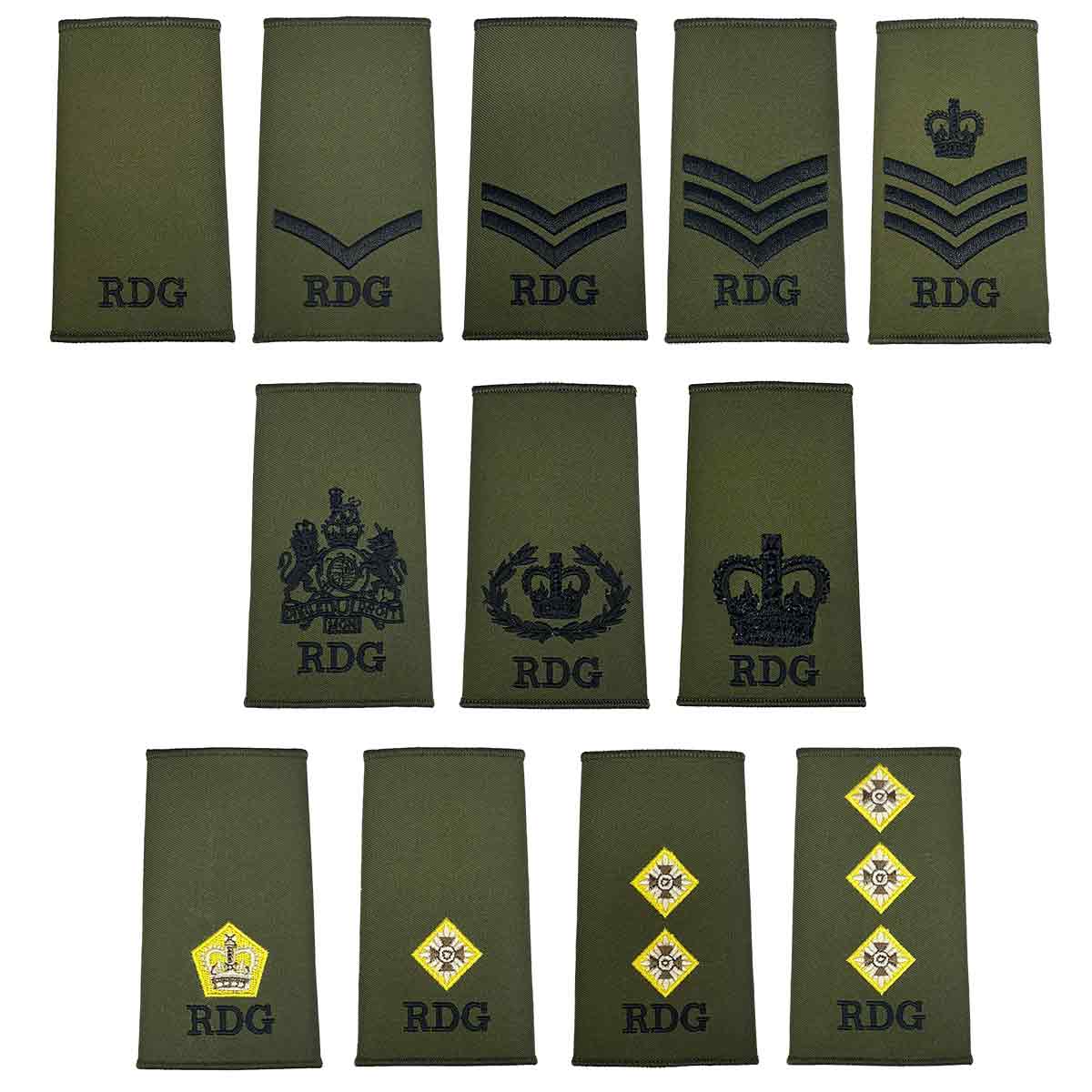





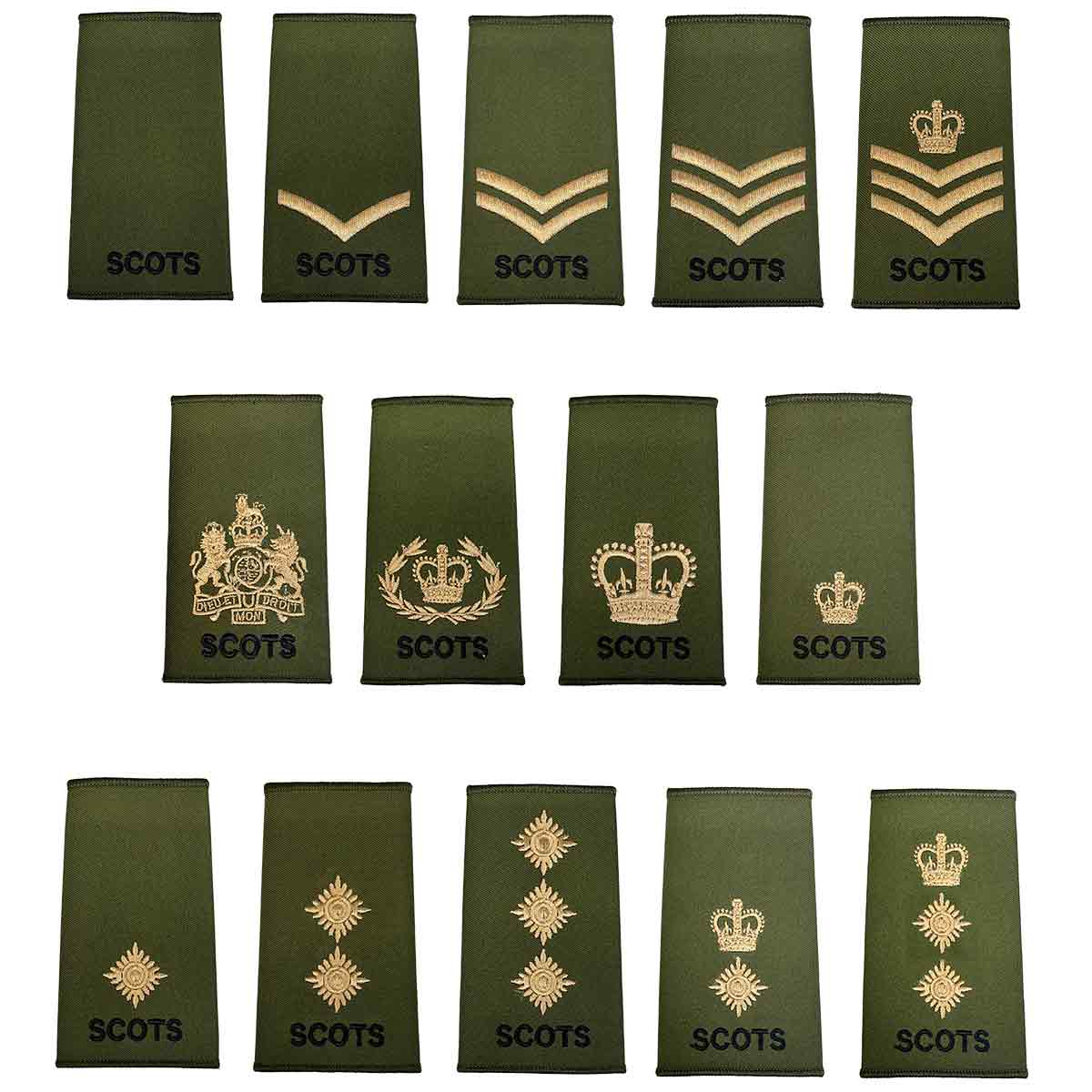


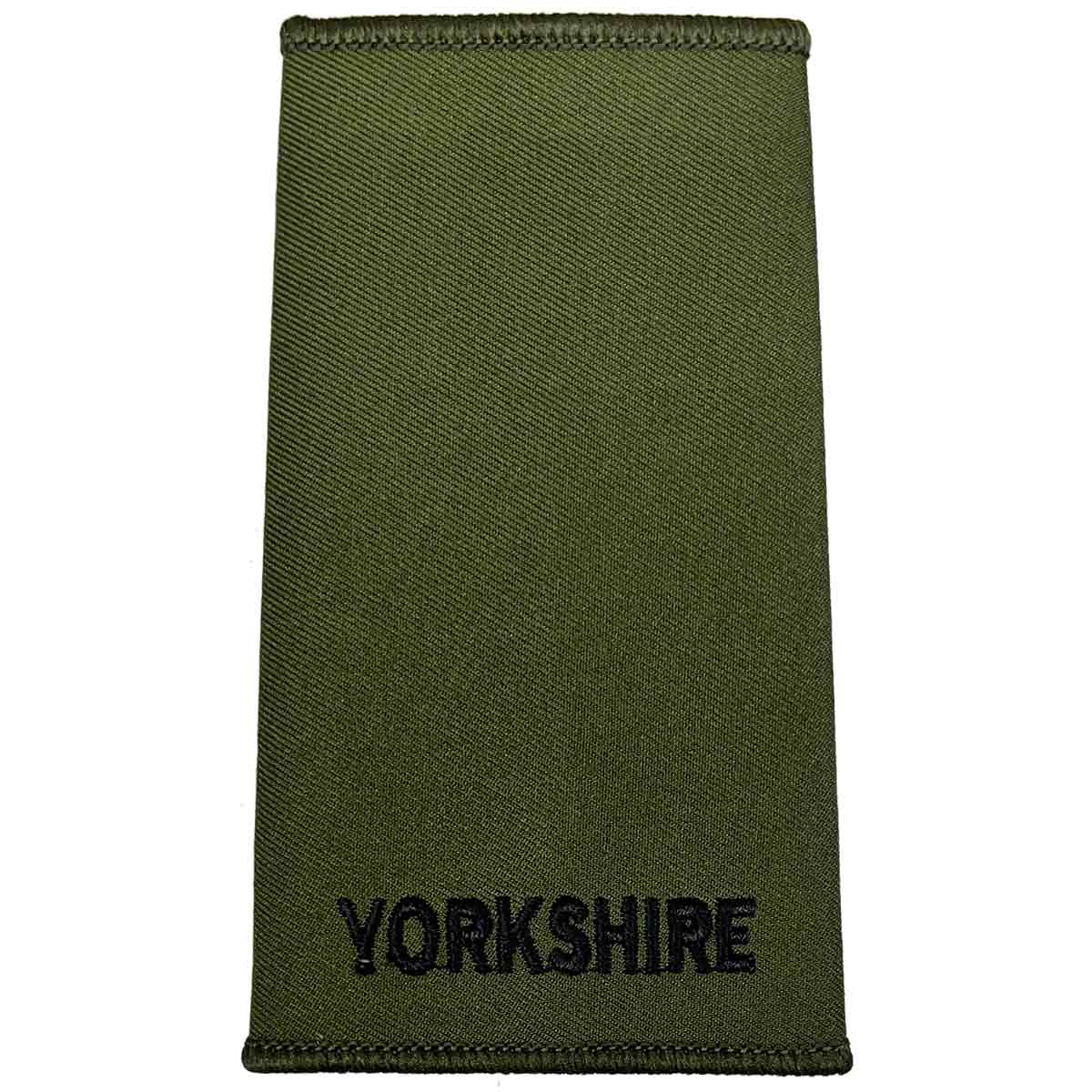
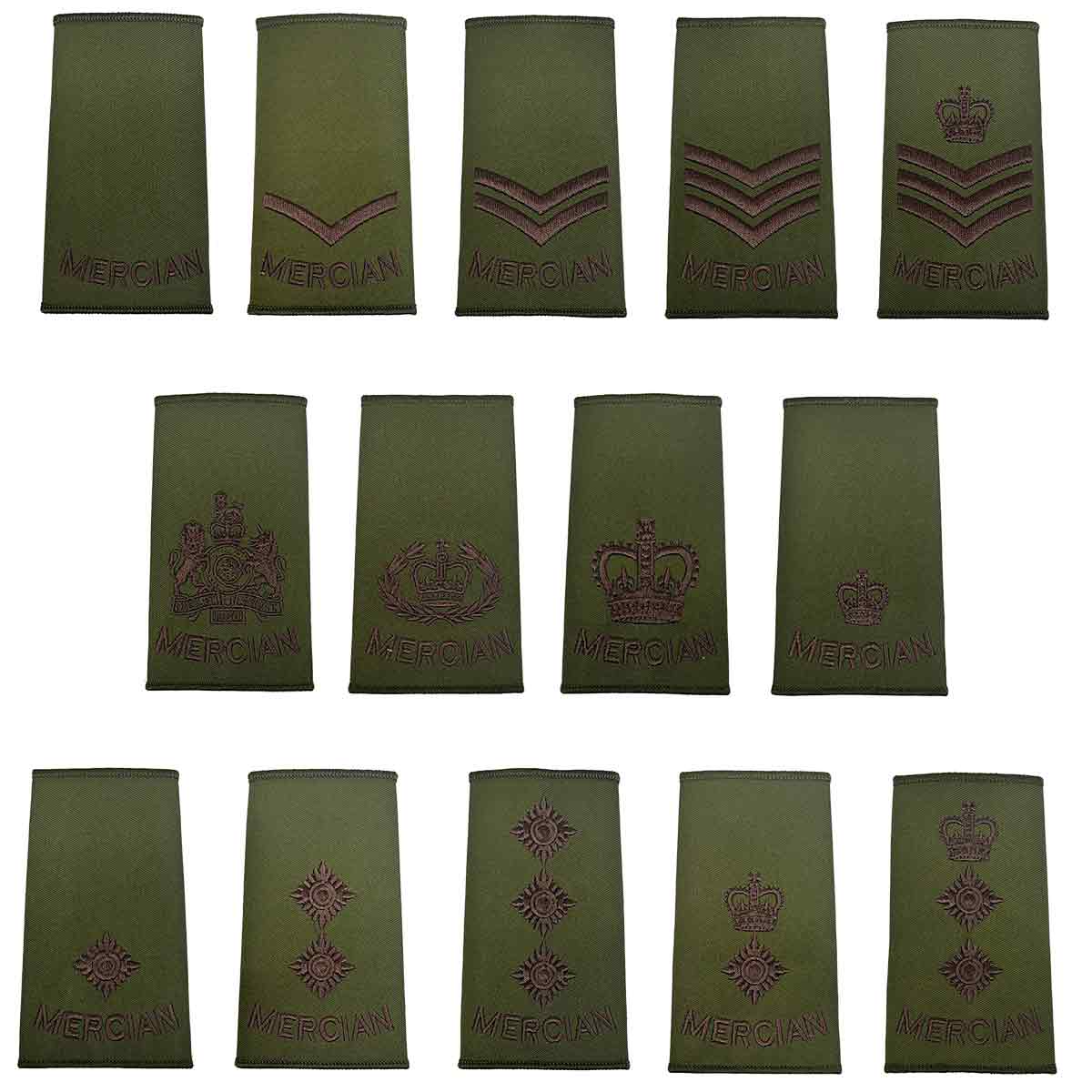



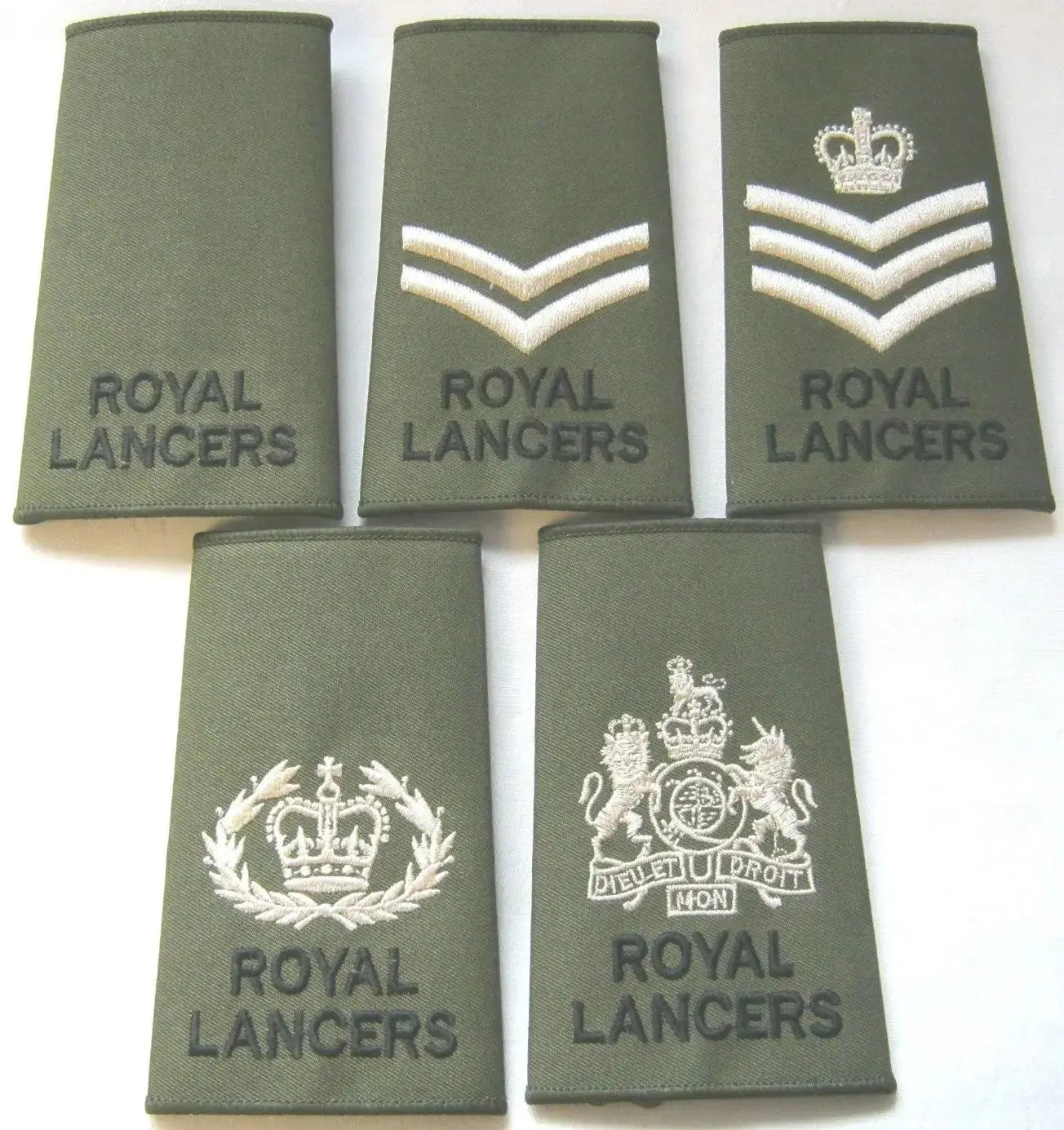

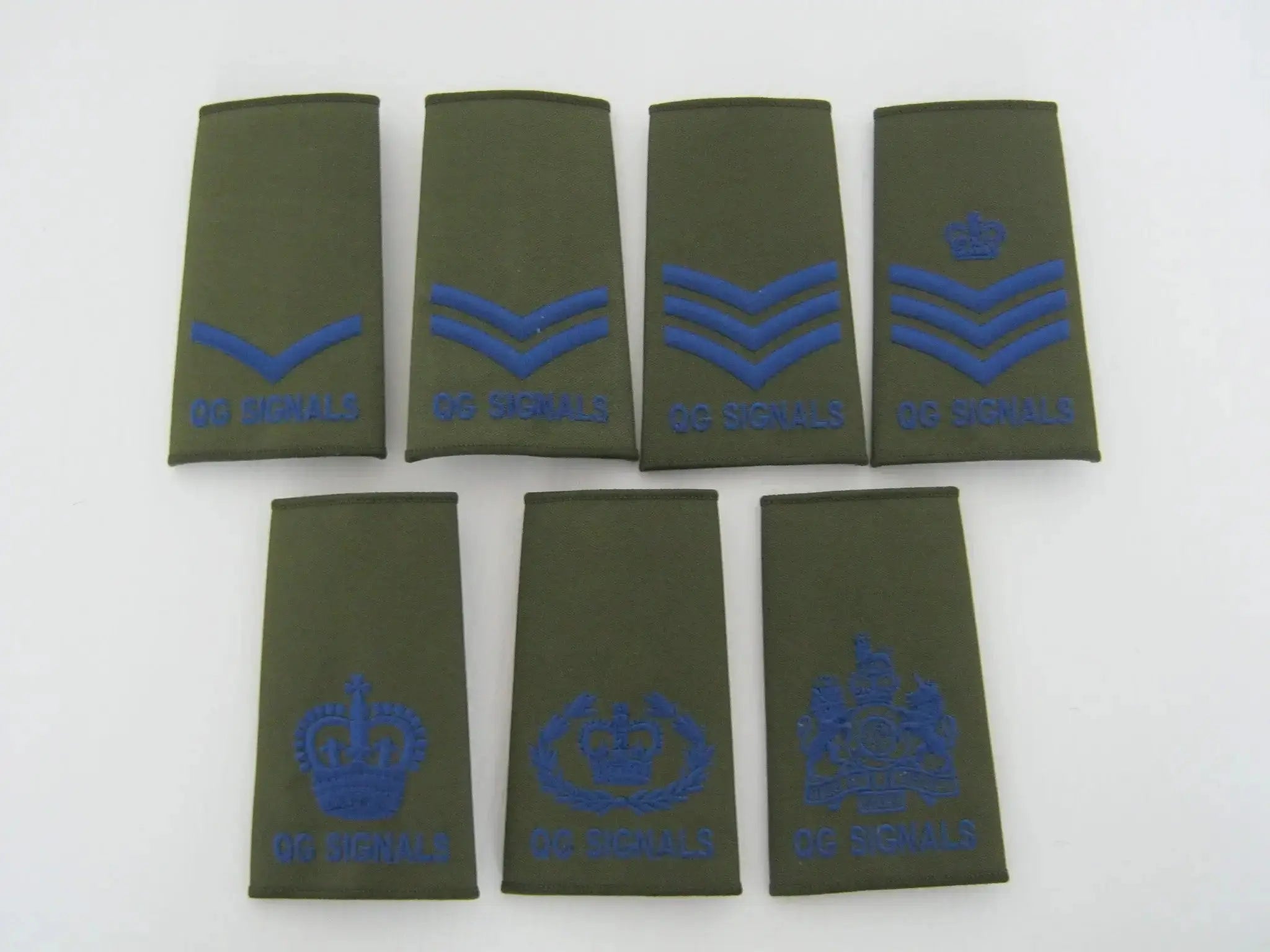
The British Army rank slides and appointments are significant symbols of authority, responsibility, and achievement within the military hierarchy. They represent a soldier's journey through various levels of command, highlighting their dedication, skill, and leadership. Understanding the history of these rank slides and the process through which ranks are awarded provides insight into the structured and disciplined nature of the British Army.
The Evolution of Army Rank Slides Insignia
The concept of military rank has ancient roots, evolving significantly over the centuries. In the British Army, rank insignia have undergone various transformations to adapt to changing military strategies, organisational structures and uniforms.
During the medieval period, ranks were less formalised, with distinctions often based on social status and land ownership. By the 17th century, the New Model Army introduced a more structured rank system, laying the foundation for modern military hierarchy. The introduction of epaulettes and shoulder boards in the 18th century marked the beginning of a standardised approach to displaying rank insignia.
In the 19th century, the British Army adopted the use of chevrons, crowns, pips, and other symbols to denote ranks more clearly. This period also saw the introduction of regimental badges and appointment insignia, further refining the visual representation of a soldier's position within the army.
British Army Ranks Slides in the Modern British Army
Today, British Army rank slides are worn on the shoulders of uniforms and are an integral part of military attire. These slides are colour-coded and designed to blend seamlessly with different uniform types, ensuring visibility and recognition in various environments.
The rank slides denote a range of positions from junior enlisted ranks to senior officers, each carrying distinct responsibilities and expectations. Key ranks and their respective insignia include:
Private (Pte): The entry-level rank, typically without insignia. Privates form the backbone of the army, executing orders and participating in various operations.
Lance Corporal (LCpl): Denoted by a single chevron, Lance Corporals often serve as section leaders, taking on minor leadership roles.
Corporal (Cpl): Identified by two chevrons, Corporals are responsible for leading small teams and ensuring the welfare and training of their soldiers.
Sergeant (Sgt) and Staff Sergeant (SSgt): Marked by three chevrons, Sergeants play a crucial role in maintaining discipline, overseeing junior ranks, and supporting higher command.
Warrant Officers (WO1 and WO2): Distinguished by unique badges, Warrant Officers hold senior non-commissioned officer (NCO) positions, providing expert advice and maintaining standards across the unit.
Lieutenant (Lt) and Captain (Capt): Junior officer ranks represented by one and two pips respectively. These officers lead platoons and companies, making tactical decisions and managing personnel.
Major (Maj): Identified by a crown, Majors command companies or serve as executive officers in larger units.
Lieutenant Colonel (Lt Col) and Colonel (Col): Senior officer ranks with complex responsibilities, including strategic planning and higher-level command.
The Process of Promotion and Appointment
The British Army follows a structured process for awarding ranks and appointments, ensuring that promotions are based on merit, experience, and leadership qualities. The journey from entry-level positions to senior ranks involves rigorous training, assessments and demonstrated competence.
Initial Training: Soldiers begin their careers with basic training, where they learn fundamental military skills and discipline. Successful completion of this phase allows them to join their respective units as Privates.
Skill Development: As soldiers gain experience, they undergo further training to develop specialised skills. This includes leadership courses, technical training, and operational deployments.
Promotion Boards: Promotions to higher ranks involve evaluation by promotion boards, which assess a soldier's performance, potential, and readiness for increased responsibilities. This process is thorough and aims to identify individuals who exhibit strong leadership and commitment.
Appointments: Certain ranks, particularly at the senior NCO and officer levels, come with specific appointments that denote particular responsibilities. For example, a Regimental Sergeant Major (RSM) is a senior Warrant Officer responsible for maintaining discipline and standards within a regiment.
Responsibilities Attached to Army Ranks
Each rank within the British Army carries specific duties and expectations, reflecting the increasing levels of responsibility as soldiers advance through the hierarchy:
Junior Ranks: Focus on executing orders, maintaining personal discipline, and developing skills.
NCOs: Play critical roles in training, leading small units, and ensuring operational effectiveness.
Warrant Officers: Provide expert advice, uphold standards, and support command structures.
Officers: Lead larger units, make tactical and strategic decisions, and manage personnel and resources.
Free UK Delivery over £60
For deliveries to UK Mainland on orders over £60
Hassle-Free 60 Days Returns
Not happy with your purchase? Return for a quick exchange or refund
100% Secure Payments
Use Apple Pay, Google Pay, Shop Pay, PayPal or your favourite Card
Need something fast?
Super Express Next Day delivery at checkout by 2pm






